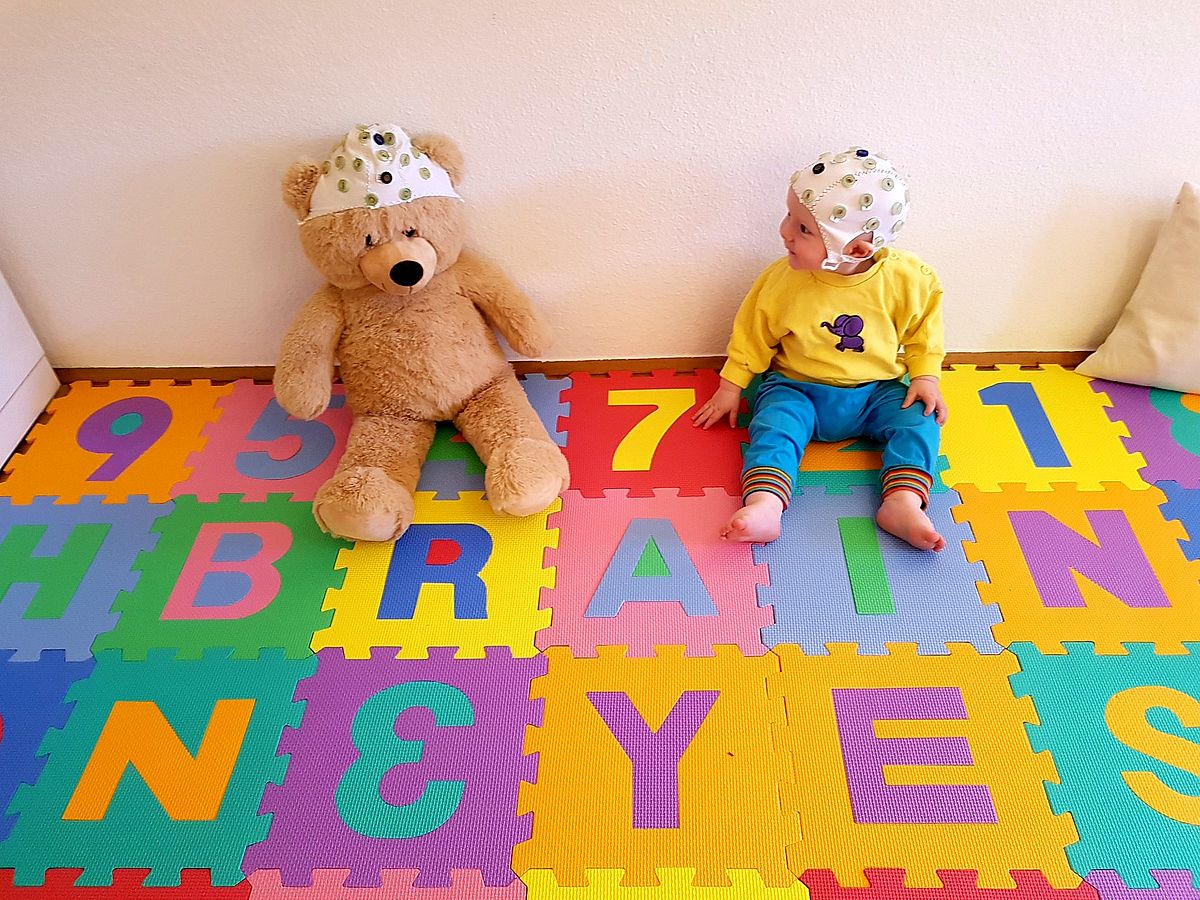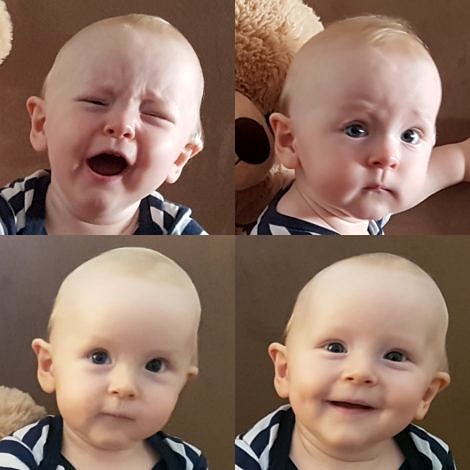Research

© Louisa Kulke
Social interaction
- Real-life interactions: On a computer screen, we freely look at other people; however, we often inhibit gaze at others in social situations (e.g. in a crowded elevator). In our research we investigate attention and eye-movements in such social situations.
- Theory of Mind: The ability to attribute beliefs and desires to other people allows us to behave appropriately in social situations. However, it is currently still unclear whether we use our „Theory of Mind“ implicitly without even noticing it or whether explicit skills are required. In our Replication Project we use eye-tracking to measure implicit Theory of Mind and to investigate whether and under which conditions it occurs.

Attention
During everyday life we flexibly shift our attention between many different objects. Combined eye tracking and EEG allows us to find out what somebody is paying attention to and simultaneously measure what is happening in their brain. In particular, we investigate:
- Neural mechanisms of attention in adults: To investigate the brain mechanisms involved in overt and covert attention we are testing adults on several behavioural tasks while measuring their brain potentials with Electroencephalography (EEG).
- Attention development in infants: To investigate how attention develops in infants we are testing babies in their first year of life. Our aim is to compare typically developing infants with infants with developmental difficulties (e.g. premature infants or infants with perinatal brain damage), to be able to identify early indicators of atypical development that allow for early detection and treatment of developmental disorders.

© Prof. Dr. Louisa Kulke
Emotion
Emotions and motivation drive our behaviour. In our research we investigate the neural and psychophysiological mechanisms in place for perceiving and displaying emotions. Our research topics include:
- Attention to emotion: We are assessing how emotional faces attract our attention and whether this attraction depends on our personality, e.g. whether we are particularly anxious or fearless or on the situation we are in, e.g. in a laboratory compared to in real life.
- Emotion association: We furthermore investigate, whether neutral objects can be associated with a certain valence (similar to a certain song or food that we associated with a positive or negative life event). Through reward and loss, we can associate words with a positive or negative valence. In our research we investigate how fast these associations are built and how the brain response changes when we associate words with a valence.
- Virtual Reality: By putting on Virtual Reality goggles, we can find ourselves in any situation. We are investigating how participants feel in emotional scenes in the Virtual Reality, compared to when they simply see the same scenes on a 2D computer screen.
